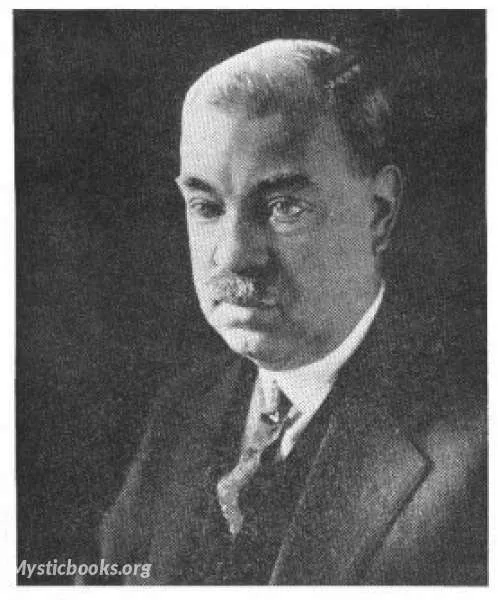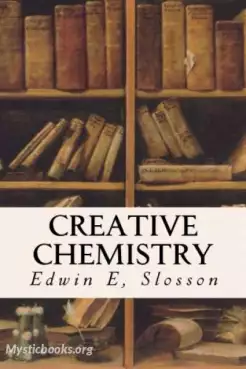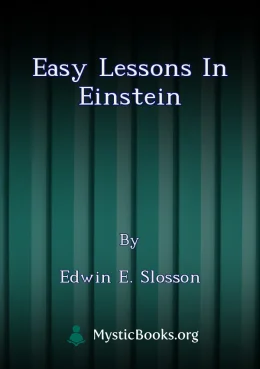
Timeline
Title
Country/Nationality
Edwin E. Slosson
Edwin Emery Slosson was an American magazine editor, author, journalist and chemist. He was the first head of Science Service, and a notable popularizer of science.
Edwin Emery Slosson was born in Albany, Kansas, the son of William Butler Slosson and his wife, the former Achsah Louise Lilly. His parents were pioneers who had moved from New York State to Kansas in 1857. William Slosson ran the first general store in Albany. A supporter of free state status for Kansas, he helped to organize a branch of the Underground Railroad and ran a "station" where escaping slaves were sheltered.
Edwin Slosson attended Leavenworth High School for three years and travelled in Europe before entering the University of Kansas. He majored in chemistry and was a member of both Sigma Xi and Phi Beta Kappa. After obtaining a Bachelor of Science degree in 1890, he remained at the University of Kansas as a graduate student, studying chemistry, physics, geology and psychology. He was awarded a Master of Science degree in 1892. In 1920, the biologist William Emerson Ritter invited Slosson to become the first head of Science Service, which was being organized by Ritter and the newspaper publisher E.W. Scripps with the aim of improving the general public's understanding of science by providing scientific news to daily newspapers. Slosson accepted Ritter's job offer, and in January 1921 he moved to Washington, D.C., where Science Service's offices were located in the National Research Council building.
Slosson, whose official title at Science Service was Editor, was responsible for organizing and staffing the agency. His initial efforts were concentrated on promoting and developing science journalism by the means of a weekly syndicated news service called Science News Bulletin. Slosson described Science Service as "a sort of liaison officer between scientific circles and the outside world". Science News Bulletin was well received and in September 1922 it began to be issued to newspapers and magazines daily rather than weekly. Also in 1922, Science Service started publishing Science News Letter, a weekly magazine for sale to individuals.
Watson Davis, an engineer at the National Bureau of Standards and part-time science journalist who had been submitting articles to Science News Bulletin since it was established, became managing editor of Science Service in January 1923. Davis's assistance and the growing success of the agency allowed Slosson to devote more of his time to writing, lecturing and travelling. He contributed many articles to Science News Letter and other magazines including Collier's Weekly, and published five more books during the last decade of his life. He made his first radio broadcast at a meeting of the American Chemical Society in 1924, and in June of that year Science Service collaborated with the National Research Council to establish a weekly series called Science News of the Week. These radio broadcasts featured scientists talking about their work. Slosson also travelled extensively as a news correspondent for Science Service, in 1923 joining an expedition by astronomers to Mount Wilson Observatory in California to observe a solar eclipse.
When Slosson died of heart disease on October 15, 1929 in Washington, he was "easily the outstanding interpreter of sciences to the non-technical public", according to the Dictionary of American Biography.
From 1891 to 1903 Edwin Slosson lived in Laramie, Wyoming, where he taught chemistry at the University of Wyoming and carried out chemical research at the Wyoming Agricultural Experiment Station, which was associated with the University. He also acted as state chemist.
His main areas of research were alkali in Wyoming soils and petroleum. His observations on these and other subjects, including food adulteration and the fuel value of prepared cereals, were published in numerous bulletins of the Experiment Station. He participated as a special demonstrator in chemistry at the 1893 Chicago World's Fair.
Books by Edwin E. Slosson

Creative Chemistry
Slosson reviews the transformation of alchemistry from an obscure and imprecise practice to the science of chemistry. Along the way, he explains how the modern industrial world now relies on fertilizers, explosives, textile materials, polymers and me...

Easy Lessons in Einstein
Edwin E. Slosson's Easy Lessons in Einstein is a classic introduction to the theory of relativity, written in a clear and accessible style. First published in 1920, it was one of the first books to make Einstein's groundbreaking ideas available to a...